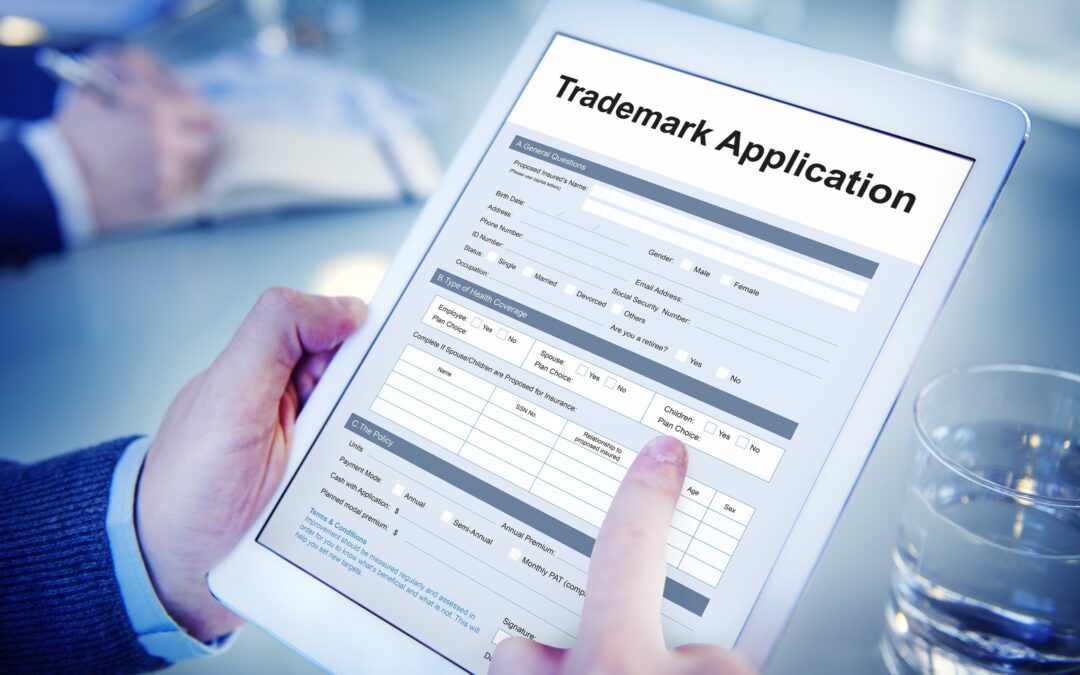Since trademark law began in the U.S. in the early 19th century, it has evolved significantly,
especially with the rise of the Internet. Today, numerous services offer the option to file your
own trademark application without an attorney, and the U.S. Patent & Trademark Office
(USPTO) provides various tools and resources for DIY filing. While this might seem like a cost-
effective option, there are several important considerations to keep in mind:
- Hidden Fees Many DIY trademark services advertise a flat fee for registration. However,
trademark applications often involve complexities beyond filling out a form. Additional
fees for more advanced aspects of the application can quickly add up, potentially
negating the initial savings. - Legal Terminology Navigating the legal jargon associated with trademarks can be
challenging. Understanding how specific legal terms affect your application and its
various components may be difficult without professional guidance. You might end up
spending more than you need for your application. And the time spent researching and
interpreting legal terms often outweighs the cost of hiring a trademark attorney. - Managing Rejections Filing an application might seem straightforward, but you may
encounter communications from the USPTO requesting more information or even
rejecting your application. Timely responses are crucial; missing deadlines can forfeit
your application. Errors made during the filing process might require a new application,
which can negatively impact your business and expose you to legal risks.
Although DIY filing appears simple, trademark law is complex and nuanced. Without a solid
understanding of the rules, you might end up spending more time and money with little to show
for it. An experienced trademark attorney can help ensure your application is handled correctly,
saving you time and protecting your mark effectively.

